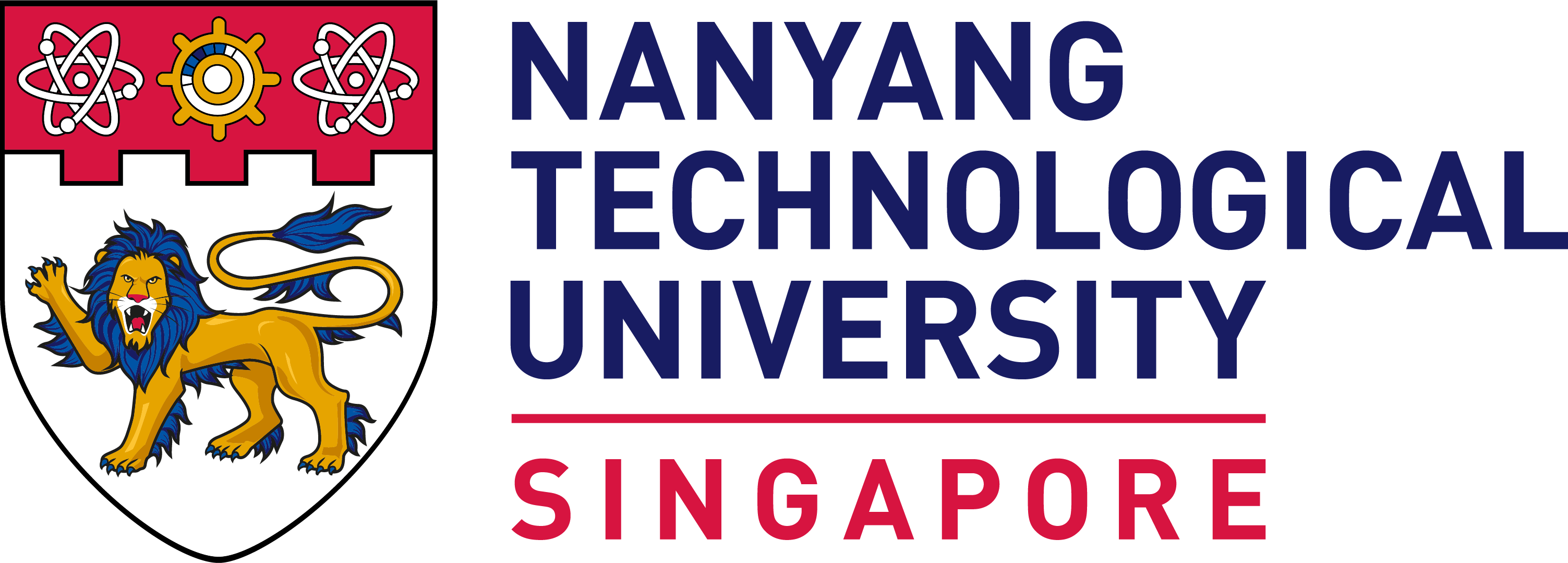Hands-on Physics Activities
The cornerstone of Fourier optics lies in the Fourier transform, a mathematical operation that decomposes a waveform into its constituent frequencies and amplitudes. In the context of optics, this operation can be applied to light fields to analyze how they propagate, interact with optical elements, and form images. After providing some theoretical background, this activity will demonstrate to students how simple optical components in a 4f imaging system can perform analog computation of Fourier transforms without the need of numerical calculations, and how this can be used to realize counterintuitive effects used in optical image processing.
Micro- and Nanostructures are essential components of integrated circuits: they form transistors for logic and interconnects wires for data transmission -- all part of an increasingly miniaturized landscape of semiconductor electronics that have become the core of modern technology. In this hands-on lab, participants will learn how micro- and nanostructures (structures 100,000 times smaller than a grain of sand) can be fabricated using beams of electrons and photons. Participants will then make their own micro- and nanostructures in a cleanroom environment suited up in cleanroom attire.
It is now possible to bring a gas of atoms at temperature close to the absolute zero thanks to the so-called laser cooling technique. During this hands-on activity, the participants will take control of such an experimental setup, with the objective of performing a measurement of such an extremely low temperature, guided by first principles in physics. In a second set of experiments, the participants will try to understand how the temperature of the gas depends on some important parameters such as the intensity of the laser beams.
This is a computational laboratory session that studies into the dynamics of an archetypical nonlinear system known as the logistic map, which displays not only the intricate behaviour of chaos but also the unifying notion of universality.
In this captivating experiment, we harness the rapid evaporation power of liquid nitrogen within the confines of a standard plastic drinking water bottle, filled halfway with water. Upon inverting the bottle, the liquid nitrogen transitions into gas at an accelerated rate, exerting a high pressure that forcefully expels the water through the bottle's opening. This sudden release of energy not only demonstrates principles of phase change and gas expansion but also propels the bottle skyward, mimicking the action of a rocket, and offering an exciting visual spectacle that underscores the might of physical forces at play.
Light travels in straight lines. In this hands-on lab, participants will explore how to coax light to bend in a curve similar to that of projectile motion of a ball! This unusual behavior can be achieved by understanding the laws of light propagation in a non-uniform medium -- yielding surprising trajectories.














/enri-thumbnails/careeropportunities1f0caf1c-a12d-479c-be7c-3c04e085c617.tmb-mega-menu.jpg?Culture=en&sfvrsn=d7261e3b_1)

/cradle-thumbnails/research-capabilities1516d0ba63aa44f0b4ee77a8c05263b2.tmb-mega-menu.jpg?Culture=en&sfvrsn=1bc94f8_1)
